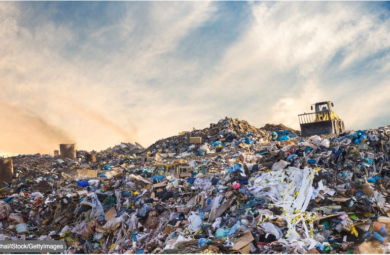“If you do research or travel in developing worlds, you do see garbage burning in a lot of places,” he told Climate Central. Working in Indonesia in the 1990s, he said, there was an old man who would come around and gather everyone’s trash, then burn it at the end of the street.
Yokelson, who is another author of the recent paper, had made some measurements in Mexico of what sort of pollutants were being emitted by trash burning. The U.S. Environmental Protection Agency has catalogued emissions from trash burning in the rural areas of the U.S. But Wiedinmyer found that, on a global scale, “there wasn’t kind of a consistent story.”
To find that story took a lot of digging around and some educated guesswork. Along with data from the few studies like Yokelson’s, Wiedinmyer used guidelines for calculating trash burning emissions produced by the Intergovernmental Panel on Climate Change to determine how much waste was being generated and burned, what exactly was in that waste, and what types of chemicals were likely generated. What she came up with was, as the study describes it, “the first comprehensive and consistent estimates of the global emissions of greenhouse gases, particulate matter, reactive trace gases, and toxic compounds from open waste burning.”



